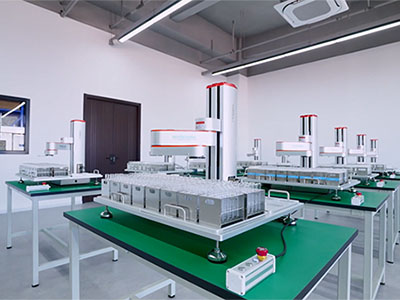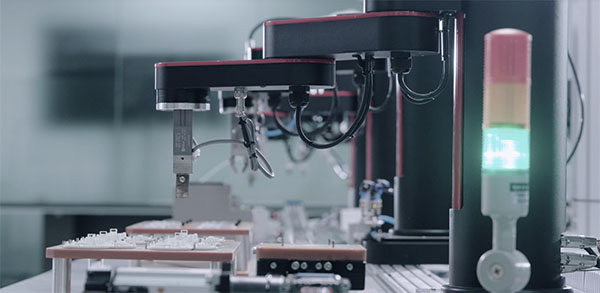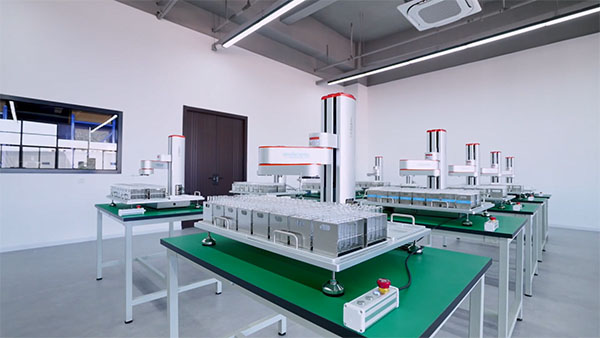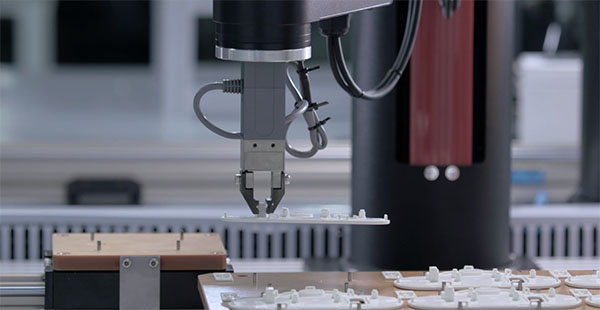
What is Robotic Arms?
Robotic arms, or industrial robots, are mechanical devices for manufacturing, assembly, and other industries to perform various tasks. These machines can move in multiple directions and execute precise, repetitive movements with great accuracy, speed, and consistency. This article explores what robotic arms are, how they work, and their applications.
A robotic arm is a robot for tasks like welding, painting, and assembly. The arm consists of rigid links by joints, controlled by motors, hydraulics, or pneumatics. The arm may also have end-effectors, such as grippers or welding torches, to aid in its tasks. Robotic arm is programmed to perform predefined movements and actions, ensuring precision and consistency.

A computer controls the movement of a robotic arm by sending commands to motors or actuators. The program may be pre-set or responsive to sensor input, detecting environmental changes or the arm’s position. Some robotic arms have cameras or sensors that allow them to adjust to their surroundings.
Robotic arms come in various types, each with unique features. Some move in a single plane, while others move in multiple directions. Some have multiple end-effectors for versatile tasks, while others are compact and lightweight for use in confined spaces or where smaller arms are needed.

The robotic arm comes in various types, each with unique features. Some move in a single plane, while others move in multiple directions. Some have multiple end-effectors for versatile tasks, while others are compact and lightweight for use in confined spaces.

Another benefit of robotic arms is their ability to work in hazardous environments, such as those with high temperatures, toxic chemicals, or radiation. The robotic arm can perform tasks in these environments, reducing the risk to human workers. They can also perform tasks that are too dangerous for humans to perform, such as dismantling nuclear reactors or disposing of hazardous waste.
The robotic arm also perform well in hazardous environments with high temperatures, toxic chemicals, or radiation. They can safely carry out tasks that would be dangerous for humans, such as dismantling nuclear reactors or handling hazardous waste.
In conclusion, robotic arms are mechanical devices that perform tasks in manufacturing, assembly, and other industries. They consist of rigid links controlled by motors, hydraulics, or pneumatics. Programmed movements ensure high precision and consistency. The robotic arm benefit a wide range of industries, providing greater precision, consistency, and the ability to work in hazardous environments.
